The Art of Layering Skincare Products: A Step-by-Step Guide
There are so many different skincare products out there, and you probably already own a varied selection of them. However, if you want your skincare routine to work as efficiently as possible, then you need to make sure that you’re applying all of your products in the correct order.
Why is properly layering your skincare products so important, and how exactly do you go about doing this? Keep reading as Vine Vera explains everything you need to know.
The Importance of Correctly Layering Your Skincare Products
If you usually keep your skincare routine basic and minimal, then understanding how to layer your skincare products won’t be such an issue – you simply cleanse, moisturize, and then slap on a sunscreen.
However, once you start adding extras to your skincare routine, such as toners, serums, and eye creams, things can get a little more confusing. Apply the wrong product first and the next product that you layer on top won’t be able to penetrate through the barrier created by the first. As a result, your skin won’t be able to absorb the second product properly, rendering it useless.
Learning how to layer your skincare will ensure that all of the active ingredients in your skincare products are able to work to their full potential. You’ll be able to maximize the results from your skincare routine, which is great news for your skin!
Step 1: Always Start With a Clean But Damp Face
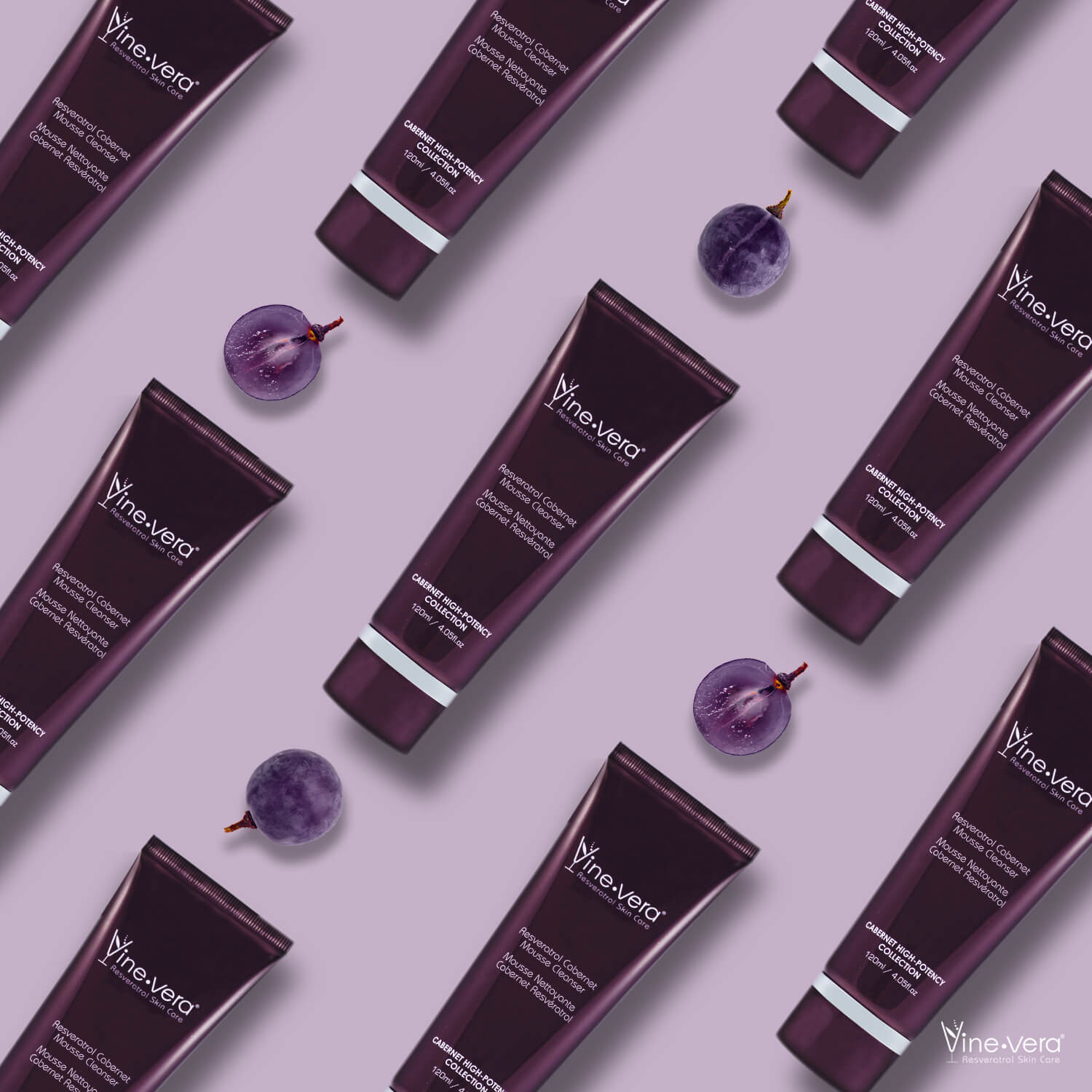
Before applying any skincare products to your face, you need to first make sure that your face is as clean as can be, sterilizing can help keep the skin healthy. This means starting with a good cleanser. After all, there’s no point layering products over dirty skin since all of that dirt and oil will block those products from accessing your pores. Rather than soaking into your skin, they’ll sit atop all of those impurities, resulting in congestion and clogged pores.
So, always begin your skincare routine with a cleanse. Pick a formula that won’t irritate your skin. A complexion that’s calm and happy will be far more receptive to skincare products being layered on than one that’s irritated and sensitive.
The Vine Vera Resveratrol Cabernet Mousse Cleanser is a great example. It forms a luscious lather as it thoroughly cleanses the skin yet it doesn’t strip the skin dry. In fact, it does the opposite – thanks to its amino acid infusion, your skin will feel stronger and more resilient post-cleanse.
Once you’ve rinsed off your cleanser, don’t be too hasty about patting your skin dry. Research shows that skin permeability is higher when the skin is damp. This means that wet skin is able to absorb skincare products more efficiently than dry skin, so try to leave your skin damp when moving on to the next step of your skincare routine.
Step 2: Toners and Essences
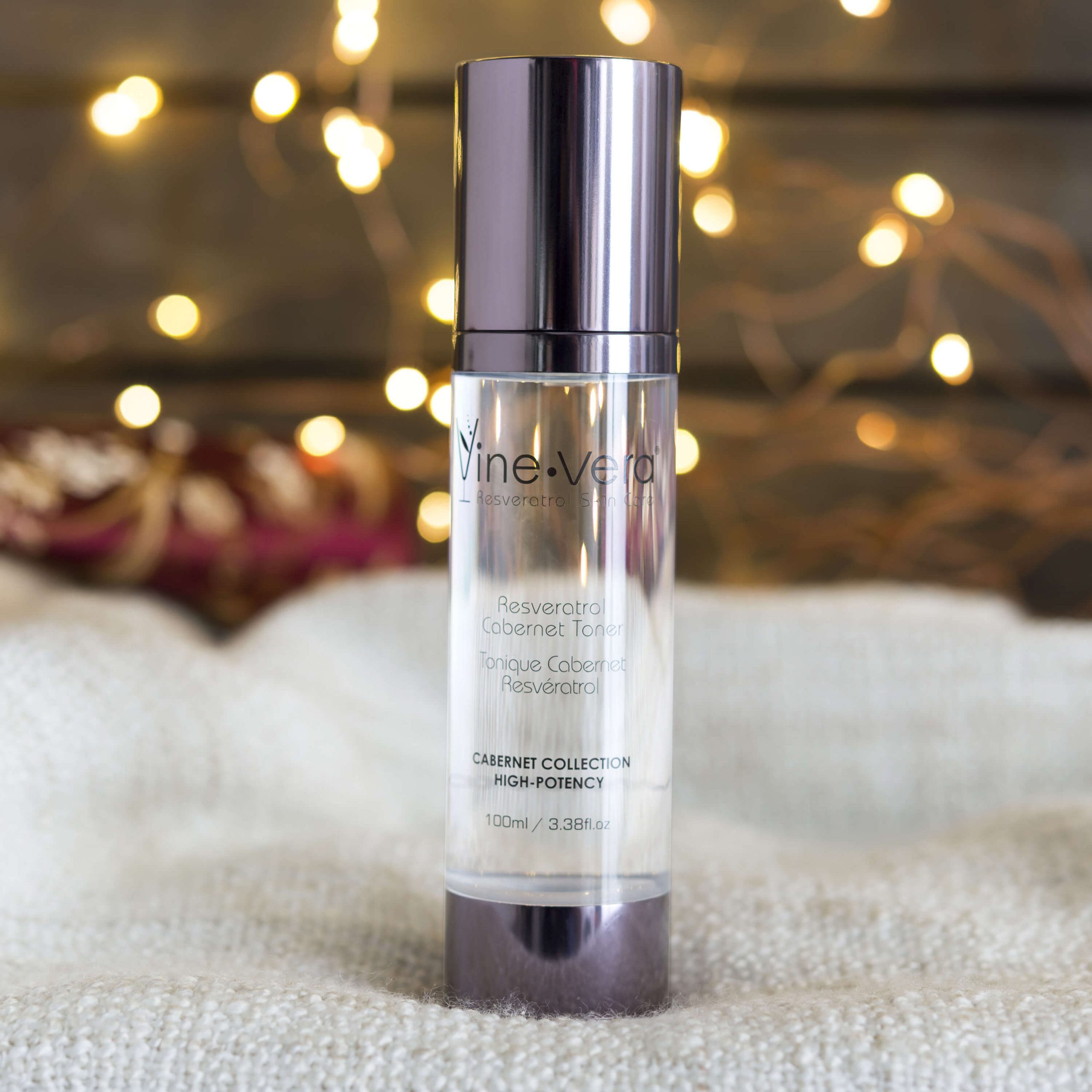
Now that your face is clean, you can start to layer on your skincare products. The general rule of thumb is that the thinner products are applied first, followed by thicker formulas. So, if you plan on using a toner or an essence, both of which are quite watery in consistency, now would be the time to apply them.
Which comes first?
Layer your toner on first. Toners are great for completing the cleansing process, while essences usually target specific visible skin concerns. That said, some toners, such as the Vine Vera Resveratrol Cabernet Toner, do both, which means that you wouldn’t need to use an additional essence. This formula contains a variety of hydrating ingredients, including cucumber fruit extract and aloe vera leaf juice. It’s brimming with antioxidants too, which will help to reduce the appearance of oxidative damage in your skin.
Step 3: Serums
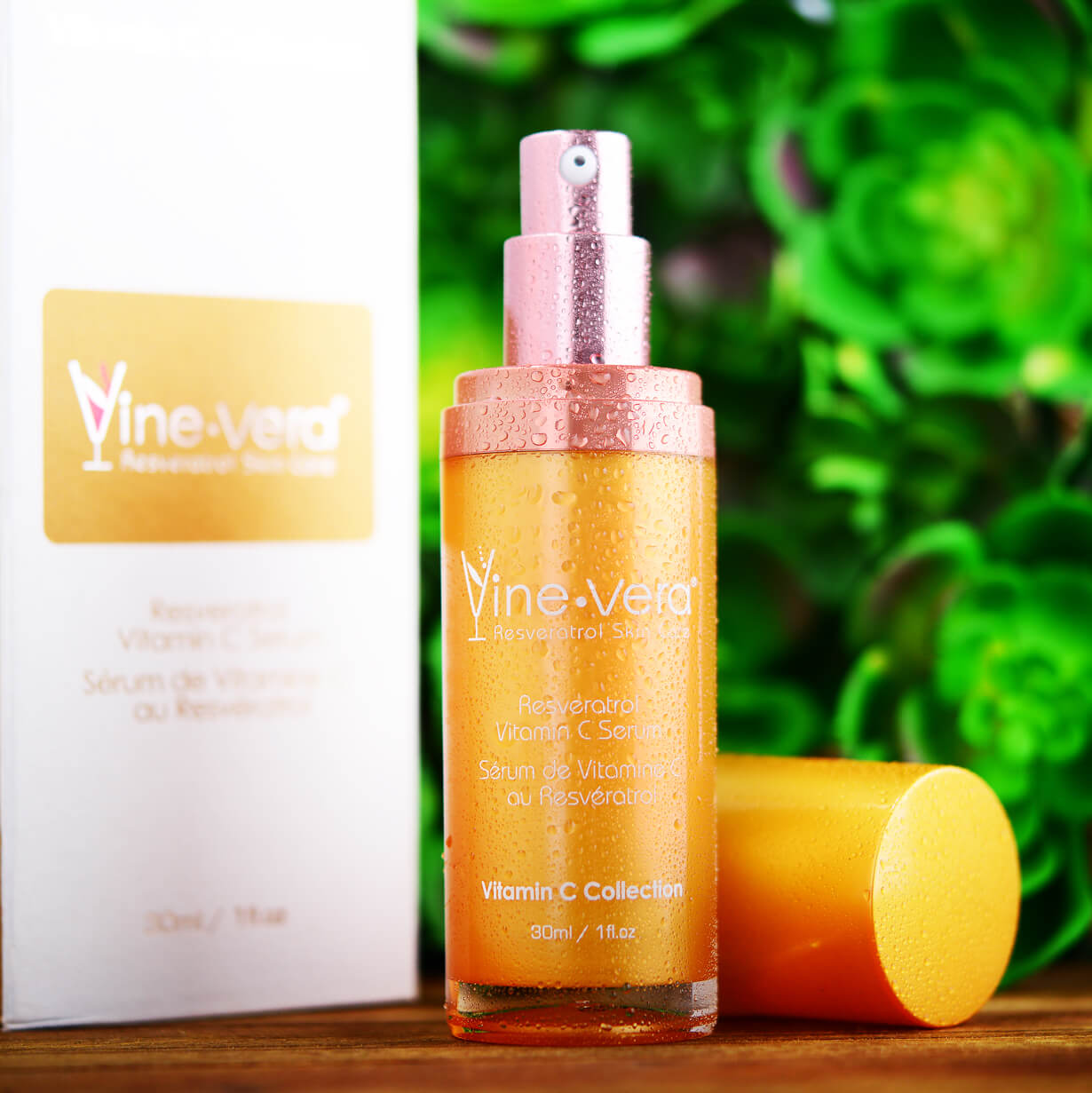
If you only use one serum in your skincare routine, then apply it after you’ve used your toner and essence. However, if you usually incorporate two or more serums in your routine, then this is where things can get a little complicated…
There are a few ways in which you can approach layering your serums. The first is to follow the general rule of light to heavy. Start with your thinnest serum and work your way up to the thickest.
However, it’s also worth considering the ingredients within each serum. If one of your serums is water-based and the other is oil-based, then you should always apply the water-based serum first. This is likely to be the thinner of the two formulas anyway but, if it’s not, it should still go on first. Why? Because once you apply an oil-based serum, a water-based serum will struggle to penetrate through that, meaning that it won’t be able to reach your skin cells.
Of course, the active ingredients in the serums that you’re using will make a difference too. Say both of your serums are water-based and have similar textures – which should you layer on first? That’s where individual ingredients come into play. If one serum contains higher potency actives, then this is the one that you should start with. For example, if you use a vitamin C serum, then this would be applied before a serum that’s based heavily on botanical extracts. This way, the more powerful active ingredients are closer to your skin, which is what you need in order for them to work properly.
How Many Serums Can You Layer Onto Your Skin in One Go?
It’s so easy to layer serums over the top of each other. This often leads to people using several different serums in one skincare routine. However, we would advise limiting yourself to just two or three.
Why? Because, even when they’re layered correctly, a serum that’s applied over the top of three other serums is going to have a tough time penetrating the skin. Sure, it may be slightly thicker than the other three that you’ve already applied, but all serums are still generally on the thin side, which will leave your fourth formula struggling to soak into your skin.
What happens if you have more than three serums that you want to use? Simply apply two in your morning skincare routine and then a different two in your evening routine.
Step 4: Eye Care Products
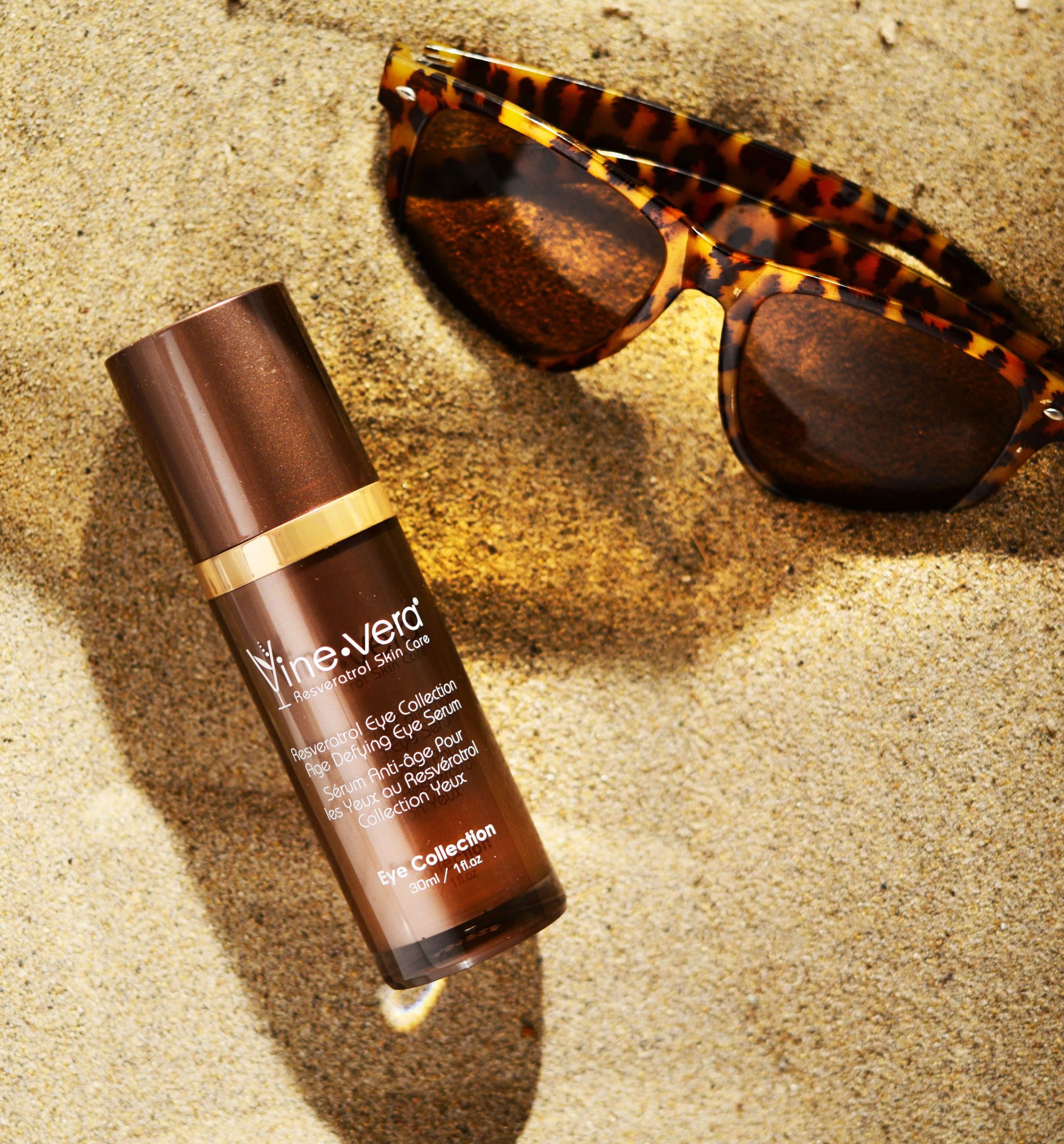
Let’s now talk about eye care products. If you use an eye serum, then follow the advice above when it comes to layering this onto your other skincare products. For example, if your eye serum is a water-based formula, like the Resveratrol Eye Collection Age Defying Eye Serum, then apply this to your skin before applying an oil-based face serum. Eye serums are already usually thinner in texture than face serums, so you need to ensure that your eye serum comes into close contact with your skin.
Once you’ve finished applying all of your serums, you can then move on to applying an eye cream. You only need to use one eye cream, so simply layer this over the top of any serums that you’ve already applied.
Step 5: Moisturizers and SPF
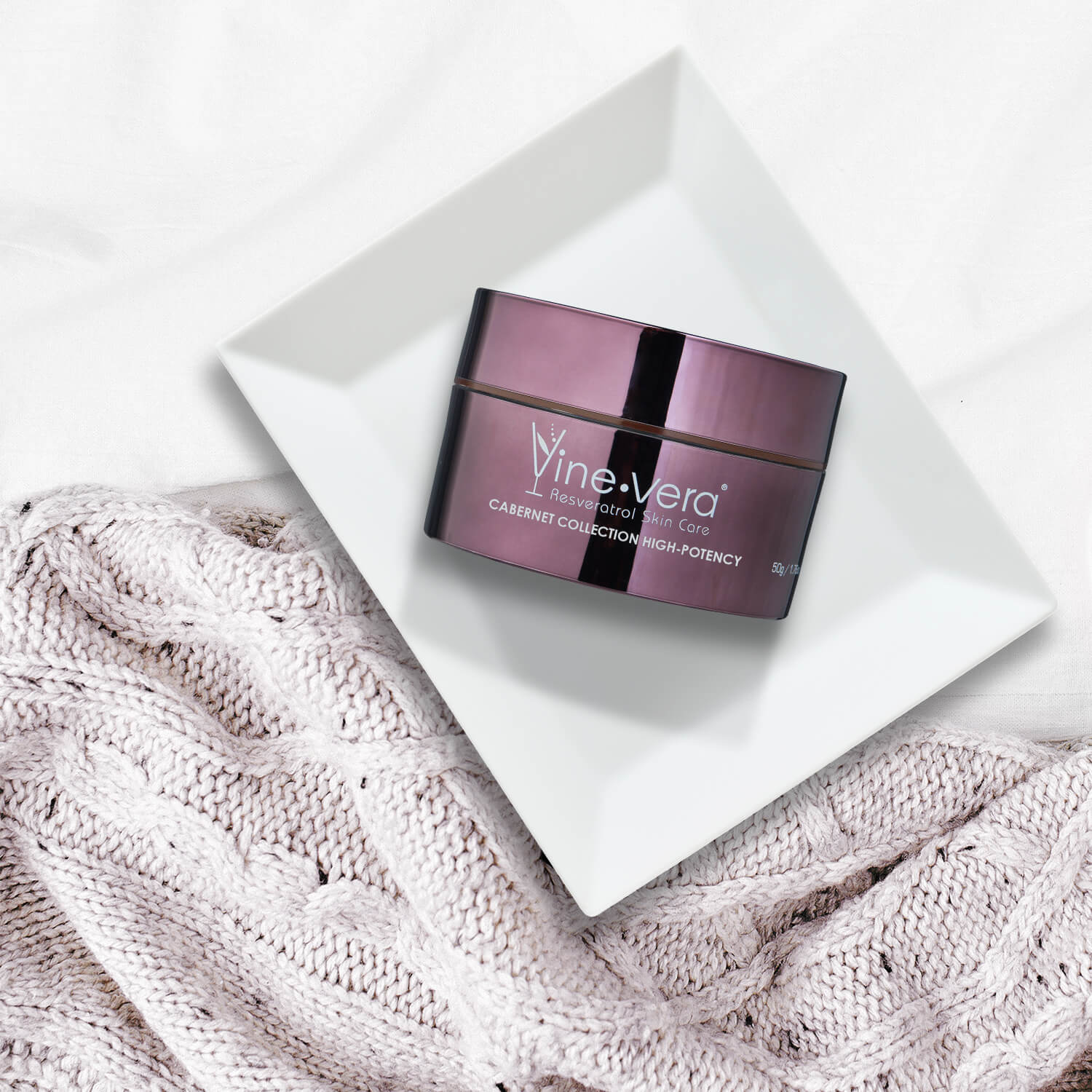
Now that you’ve applied all of the lighter skincare products in your routine, it’s time to move on to the thicker products, meaning creams. In the evenings, this is easy – simply round off your skincare routine with a rich night cream. This will lock in all of the other skincare products that you’ve already layered onto your skin.
However, during the day, you also need to apply SPF, so which comes first?
Well, that all depends on the type of sunscreen that you’re using. Sunscreens usually fall into one of two categories; chemical and physical. Chemical sunscreens contain certain chemicals that absorb UV rays and convert them into heat, after which they’re released from the skin. On the other hand, physical sunscreens are formulated with minerals that deflect UV rays away from the skin.
In order for a physical/mineral sunscreen to work effectively, it needs to be sitting on the surface of your skin. It should be layered over the top of your regular moisturizer so that UV rays directly hit it.
If you’re using a chemical sunscreen, then this needs to sit closer to your skin. So, apply this first before layering your moisturizer over the top.
Of course, you could make this step much easier by opting for a moisturizer with SPF instead. Products like the Resveratrol Cabernet Replenishing Moisture Cream SPF 30 will not only protect your skin from the sun but will also moisturize and hydrate. You’ll still need to reapply it every few hours like you would a regular sunscreen. However, you won’t have to worry about layering it over or under a separate moisturizer.
What About Exfoliants and Face Masks?
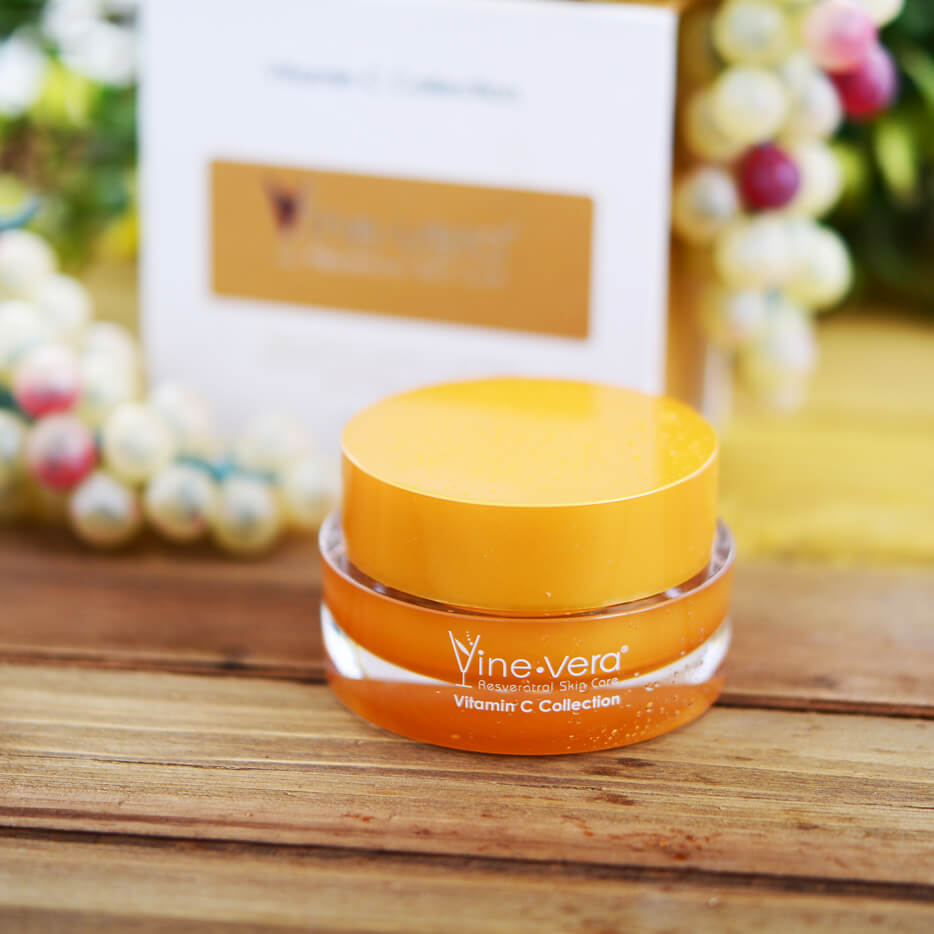
While the steps above explain how to layer your daily skincare products, where do your weekly products come into play? How do you layer in an exfoliant and a face mask?
Well, let’s start with exfoliants. These provide an intense cleanse, diving deeper into the skin than a regular cleanser. Therefore, ideally, an exfoliant should be applied to the skin after cleansing. This way, you’ll have removed any surface impurities, giving your exfoliant direct access to your pores.
Just like when choosing a cleanser, opt for a gentle exfoliant so that you can layer products onto your skin afterward without having to deal with irritation. Vine Vera’s Resveratrol Vitamin C Peeling is the perfect example! Once you’re done exfoliating, you should then apply your toner before continuing on with the rest of your routine.
If you want to use a face mask, then this should be applied after you have used a toner. Toners are great for leaving the skin feeling more receptive to other skincare products. This means that using a toner first will help your face mask to work its magic even more impressively.
What about leave-on face masks, like Vine Vera’s Resveratrol Pinot Noir Phyto-Silk Mask? These are a little different. Rather than applying them early on in your skincare routine, save your leave-on mask for after you’ve used your serums, before applying a moisturizer.
Conclusion
Putting together the necessary products to create a skincare routine may seem quite simple at first, but understanding how to properly layer those skincare products requires a little extra know-how. By following the steps above, you’ll be able to enhance the effects of each of the products that you use, meaning that you’ll experience much better overall results from your skincare routine.
Click here to shop for more bestselling skincare products from Vine Vera.




 A.U.
A.U. B.R.
B.R. C.A.
C.A. M.X.
M.X. C.H.
C.H.


